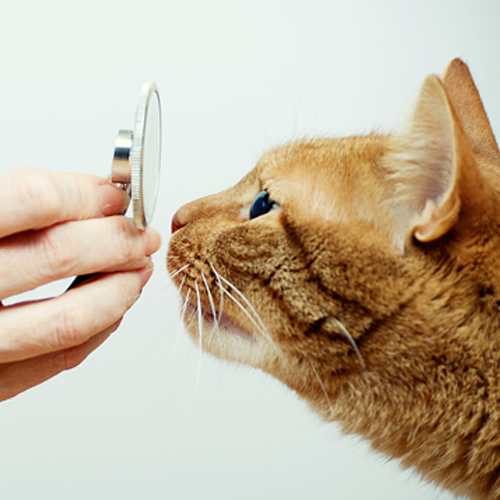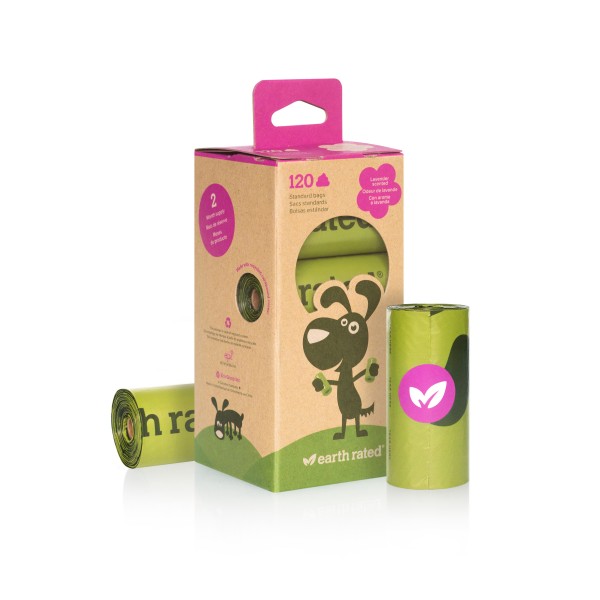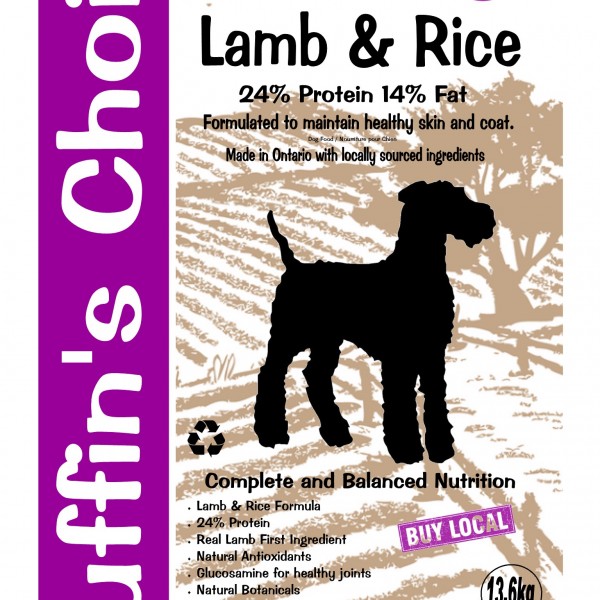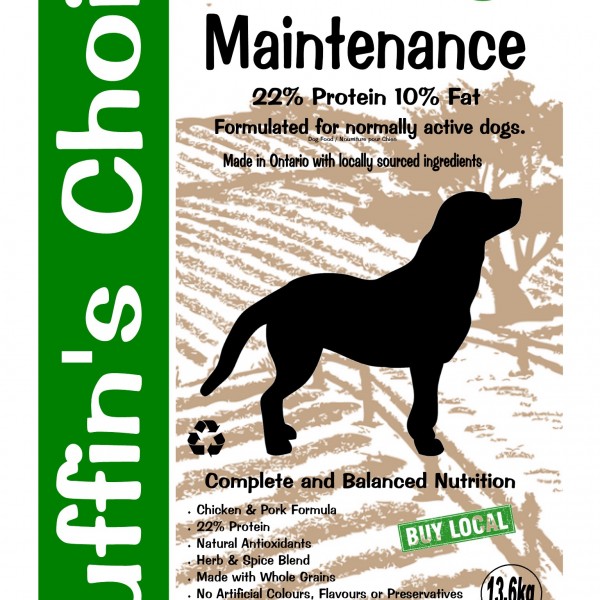FUS is an inflammation or obstruction of the urinary tract (the bladder and urethra) caused by crystals that form in the bladder. The mineral crystals form as a result of high levels of magnesium, and a high level of alkalinity in the urine, leading to a blockage of the urethra. These crystals, or struvite stones, are the result, not the cause, of the problem. Cats that are less active due to reduced physical activity and cats that eat foods high in magnesium are most susceptible to FUS.
The main cause of FUS seems to be the diet, but there are other factors that could contribute to the formation of these mineral crystals in the bladder.

- The type of food provided to the cat may contain high levels of magnesium.
- The litter box may be dirty or in a location that is difficult to reach, causing infrequent urination.
- The quality of the drinking water may be poor, or it may not be provided in an accessible location, leading to less than adequate water intake.
- The reduction of physical activity.
- Stress.
A high level of alkalinity in the urine is primarily caused by the type of food the cat eats. There are some warning signs to look for when you suspect your cat has FUS: bloody urine, the cat urinates in locations other than the litter pan, the cat remains in a squatting position for extended periods of time, the cat strains while urinating, or a distended bladder that is painful to the touch. Other signs that might indicate FUS are vomiting or fatigue.

FUS is severe enough to be fatal if left untreated. Poisonous wastes and urine build up in the system because the kidney cannot eliminate them. It can be fatal in as little as 12 hours. If you suspect that your pet has FUS, take him to the vet as quickly as possible. Prompt attention could save your cat needless suffering and save you expensive vet bills.
Maintenance at home includes:
1) Provide your cat with a food low in magnesium. A food low in magnesium will also cause the urine to be acidic. A complete, balanced diet should also help reduce the problem. If you purchase cat food that says “100% nutritionally complete”, you should be getting a quality food. A meat or poultry ingredient should be the first item listed on the label. Calcium and phosphorus should also be considered.
2) The litter box should be as large as possible and should always be kept clean.
3) Provide the cat with some exercise by encouraging him to play.
4) Clean, fresh water should always be provided. Change the water twice daily if necessary.
5) Watch your cat’s weight, heavier cats seem to be more susceptible to FUS than thinner cats.
Many low ash cat foods are available and can help with this problem. Ash is the mineral content that is left after the cat food has been burned. The minerals present in ash are magnesium, potassium, calcium and phosphorous. A food low in ash is usually helpful, but a low ash cat food COULD contain levels of magnesium that would lead to FUS. Make sure you read to label before purchasing a low ash cat food.














